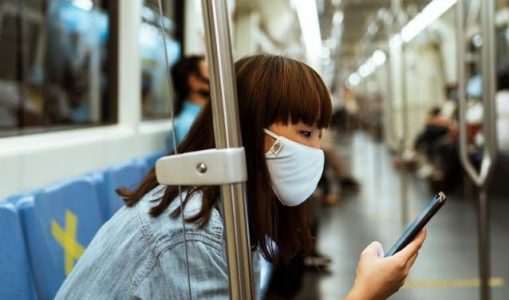While the pandemic has been rough on everyone, it’s ordinary employees that have been the hardest hit. In the Philippines, hiring and onboarding have slowed down in some areas and completely frozen in others. Some businesses had to furlough or retrench employees while an unlucky few had to stop their operations entirely.
In any case, when hiring starts to pick up and employees go back to work in earnest, they will have experienced one of the most traumatic events in recent history. Attitudes towards work and safety have forever been changed by the pandemic and businesses have a big role to play when it comes to helping their old employees and new hires readjust.
Here are some things Filipino businesses should consider doing after the COVID crisis:
1. Determine who needs to return to the workplace
COVID-19 may very well become as ineradicable as the flu and the common cold. Unfortunately, bad cases are complex to treat and the coronaviruses that cause COVID-19 can be far more lethal than either the flu or other common illnesses. Even as economies around the world begin to open up, businesses should understand that the risks to their employees remain.
Until a vaccine for COVID-19 is developed and widely administered or until the general population has managed to develop a long-lasting herd immunity, it would be prudent to avoid compelling employees that could work from home from going to the worksite. The more people working closely together, the greater the chance a contagious illness can put a sizable chunk of your workforce out of commission.
While you will never be able to eliminate the risks of your employees getting sick, limiting the number of people in your worksites can dramatically reduce the risks. By making sure only essential employees stay onsite you not only help keep them safe, but you can reduce utility expenses as well.
2. Consider subsidizing WFH worker utilities
While you reduce your utility expenses by having employees work from home (WFH), the cost of their own utilities will usually correspondingly increase. They may need to use air-conditioning or require a better (and more expensive) internet connection to work comfortably and maintain their baseline productivity.
By offering a utility allowance, you can help your WFH employees become more productive and give them an incentive to stay with your organization. You also probably won’t have to spend as much as you would otherwise by keeping them at the worksite as well.
3. Help them achieve certification through online courses
While devoting time and resources to employee training and development may seem difficult in this global recession, developing workers is a necessary part of cultivating growth within your organization without having to make new hires. And with so many businesses undergoing a hiring freeze, developing one’s own employees may be the only way your organization can get access to different capabilities it doesn’t currently have.
Thankfully, e-learning platforms are now so much more accessible and the topics and certifications are much more diverse and useful than ever before. The other advantage of e-learning is that even your WFH employees can also develop their skills and earn certification as well. Just remember to allow sufficient time for their development, rather than just adding the training on top of everything else they need to do.
4. Exercise empathy
Unfortunately, Filipino managers and business owners are not especially known for empathy. The actions of some local companies in their response to COVID-19 and its aftermath seem to bear witness to that. Fortunately, Filipino employees are more empowered than ever, and fewer and fewer are willing to stick with an organization that does not care about their needs or safety.
In the post-COVID world, it’s clear that fewer employees will be willing to stick with a boss or a business that will put them in danger. Just by simply trying to understand your employees’ perspectives, you not only help improve retention, but you can also make your organization more attractive to younger, forward-looking job applicants as well
5. Have shuttles ready for onsite employees
Public transportation is a major mode for the transmission of contagious diseases like the flu and COVID-19. For instance, a study by Proctor and Gamble found that commuter buses plying Metro Manila had microbe levels higher than trash bins. In the same study, trikes were found to be almost as dirty and jeepneys were not too far behind. Taxis, while only less than half as dirty as commuter buses, were still well within the danger zone for contamination. Of the types of transportation surveyed, only the EDSA MRT was able to get a “passing score”.
Realistically, things are probably not going to change much for these modes of transport. Any employee that relies on public transportation is liable to get sick more often and is going to be more at risk from diseases like COVID-19. The danger of contagious illnesses spreading in your worksite only increases if you have more employees reliant on public transportation.
One possible solution to mitigate this is to provide clean and safe shuttle services for employees. Not only will this usually be more convenient and less of a health risk, but it can also help employees bond and reduce some of the stress of daily commutes. An alternative would be to encourage employees with cars to offer a carpool service for workers. You can even offer perks such as vacation leaves or a fuel allowance to encourage carpooling.
While Filipinos are incredibly hardworking, with a culture that values individual responsibility, businesses likewise have the responsibility to take care of their employees. By understanding the risks and struggles of ordinary Filipinos in the so-called “new normal”, businesses can not only help their employees become more productive, but they can also mold a culture that attracts top talents as well.














